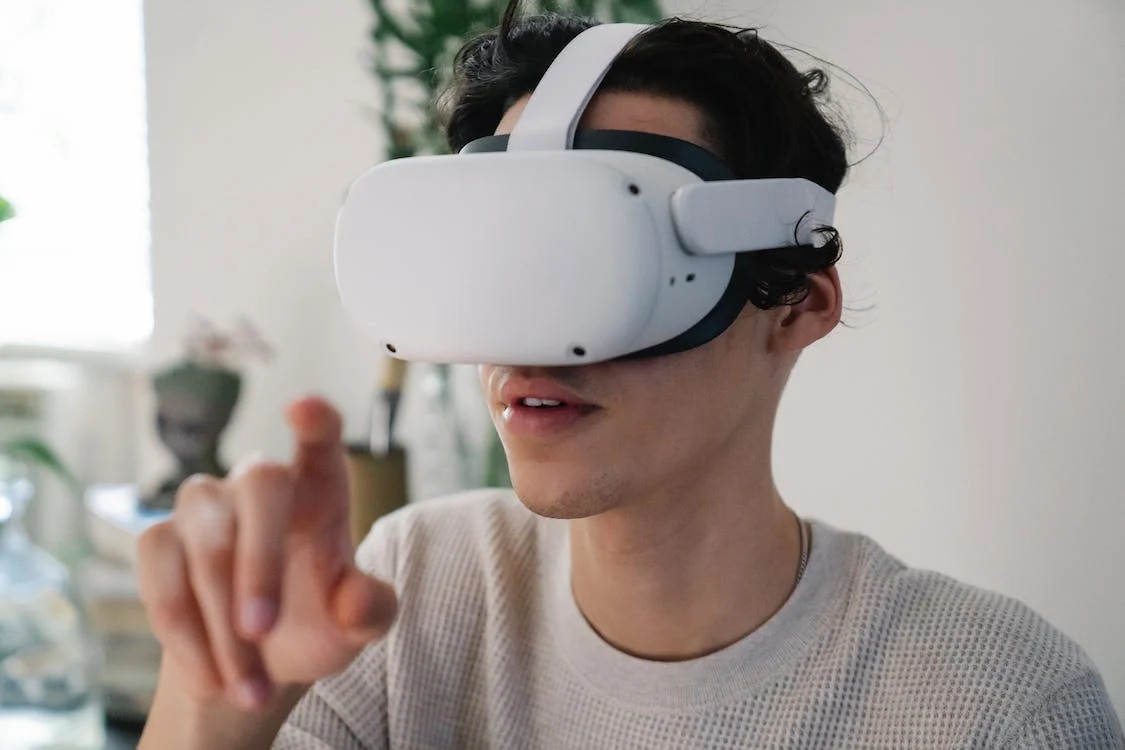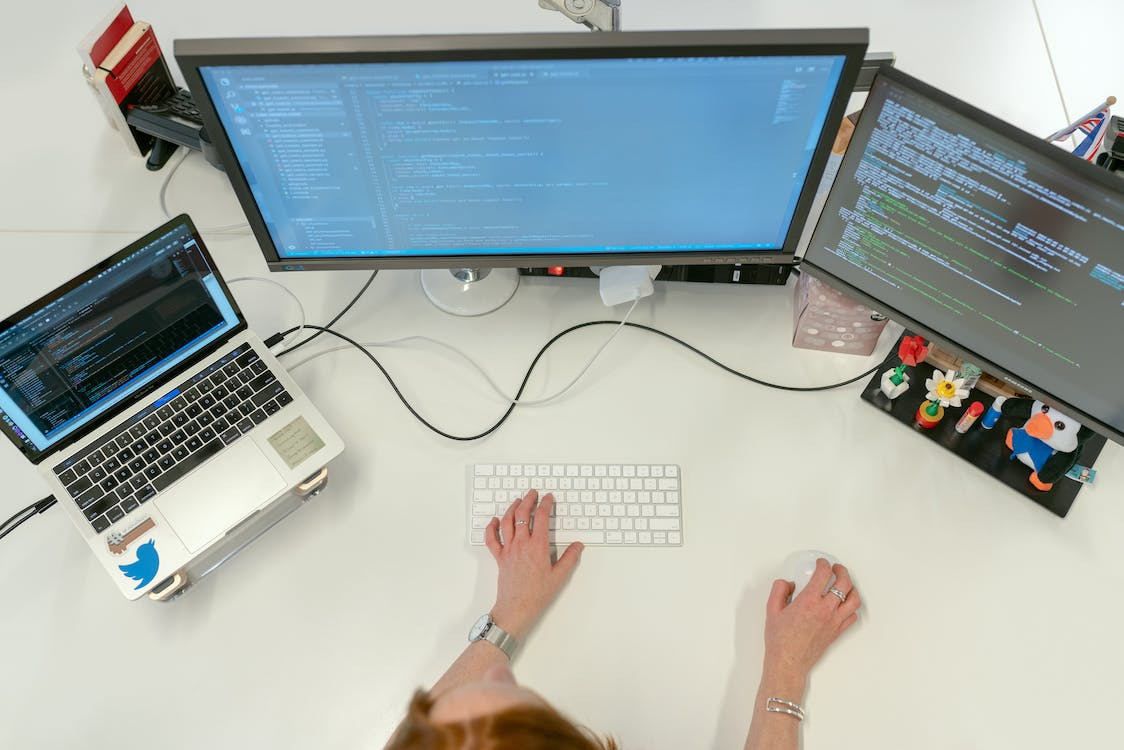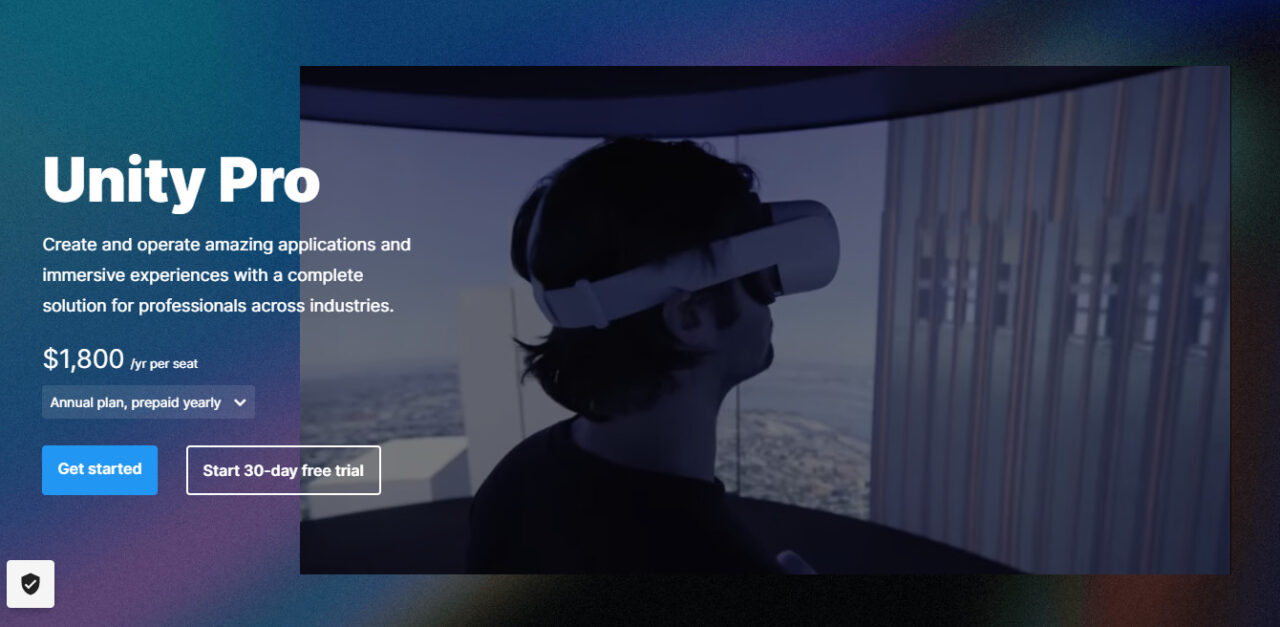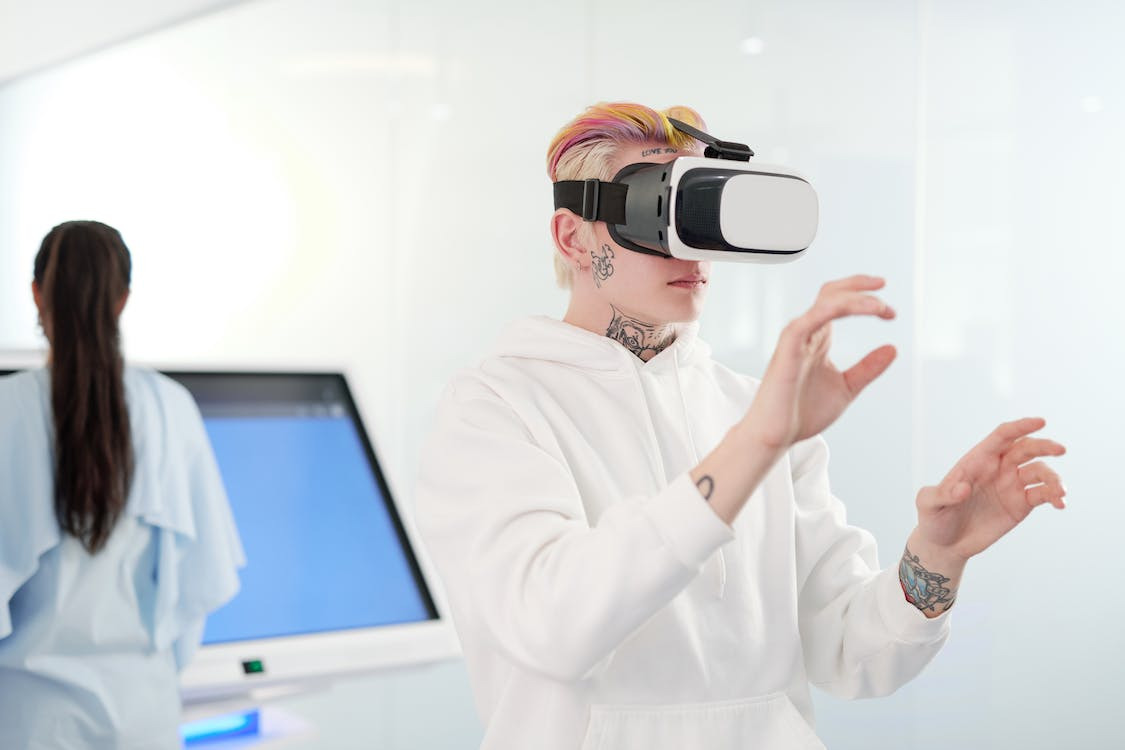A VR developer creates a predetermined experience that resembles actual life or exists in another universe. If you feel interested in this job and want to learn or apply for this position, this post is for you.
Here we provide you with the necessary information you may need to have an idea about this job and what you must do to succeed in this technology field.
Job Description
The duties of VR developers can range widely and include:
- Planning, prototyping, and coding for a virtual or augmented reality application
- Creating new applications or enhancing ones that already exist based on the feedback of users or industry developments
- Updating and maintaining computer hardware when necessary, including computers, displays, mice, keyboards, and printers
- Creating and keeping up with development project documents, such as software requirements, design concepts, and prototypes
- Producing new functions or items that boost user interaction with an application or service
- Creating fresh features that enhance the usability of current programs
- Making 3D models of items in an application’s environment using modeling software
- Testing new features to ensure they function effectively and adhere to design criteria
- Verifying designs via user testing of prototypes to be sure that the design is understandable and efficient
Work environments for virtual reality developers include offices, research centers, and manufacturing facilities. Additionally, they might commute to attend conferences, meet with customers or carry out fieldwork.

Education Requirements
Employers of VR developers usually need a computer science, computer engineering, or a closely related area bachelor’s degree. Some employers favor job applicants with master’s degrees.
Computer science bachelor’s and master’s degree programs are widely available at universities. In these courses, students can learn the fundamentals of computer languages, software engineering, database administration, and other practical skills.
Internship and training
You may often take on-job training to master the particular procedures of their organization. Understanding the development language, computer systems, and software used by the business may be a part of training.
Internships are another way that you can learn new skills. Students can gain additional knowledge about the development sector and put their abilities to use during an internship.
Additionally, they can connect with industry leaders to develop a professional network to help them find employment once they graduate.
Programs and Courses
Professional Certificate in AR/VR Development and 3D Graphics: You may get the skills and knowledge necessary for developing AR/VR with this program.
Virtual Reality and Augmented Reality: If you are a highly competent professional, this program is the best choice because you can broaden your knowledge and obtain a technical understanding of how computer graphics work by enrolling in this extensive class.
VR Certification: With the help of this professional qualification, you’ll be able to use WebVR and Unity 3D to create the necessary code while learning efficient 3D interaction techniques.
Essential Skills

Hard Skills
You need to master the following skills if you want to succeed:
- Coding:
VR developers produce programs for their job through the process of coding. They can write their program in computer languages like Python, C#, or Java.
With coding expertise, you can troubleshoot their work, improve their programs, and design innovative features for their VR experiences.
- 3D modeling:
3D modeling is the method of making virtual objects by using computer software. You may utilize 3D modeling to build virtual worlds and items for their applications.
- Computer science:
You must know how computers function to have VR experiences. It means you must have computer programming skills and can design hardware and software to generate virtual reality experiences.
- Graphic design:
Graphic design technology is frequently used while producing virtual reality experiences. It includes designing icons, logos, and other aesthetics for virtual reality interfaces.
Strong visual design skills can help you make more realistic virtual reality experiences.
Soft Skills
- Social Media
I believe it’s important to stay current in your field. Your social media feed shows former interests.
By like, sharing, and commenting on VR-related material, you may convince the algorithm to show you more, boosting your exposure to and understanding of the issue. It will help if you discover upcoming events, courses, news, expert advice, job opportunities, and community challenges.
- Communication
Assuming you want to work in VR, you’ll need to connect successfully with supervisors and colleagues to help them solve technical issues and maximize their equipment.
Email communication is likely a significant element of the VR profession. Therefore fluency in both spoken and written forms of communication is a must.
- Organization
Being well-organized increases both efficiency and output on the job. Having the organizational skills to keep track of your calendar and everyday obligations is crucial.
You may divide your day’s tasks more efficiently and focus on the most important ones.
- Creativity
All virtual reality programmers may be required to demonstrate creativity. You’ll likely need to solve technical issues for your colleagues or develop ways to enhance existing procedures as part of your job responsibilities.
Essential Tools

Below is a list of resources that may assist virtual reality programmers:
- Unity:
It is a well-liked game production tool available. The companies use it to develop famous games like Hearthstone, Pokémon Go, and Rimworld.
It is an excellent option for those who want to build VR apps and experiences due to its real-time gaming engine and multiple connectors.
In addition, Unity provides a VR mode so that you may test your design choices while wearing your headset.
- Unreal Engine:
It is a real-time engine and 3D creation tool. This tool is significant for developers who want to build interactive, scaleable, realistic VR experiences for various VR headsets.
Since 2015, the producers have provided Unreal Engine 4 and all upcoming updates available without charge to all people.
- echoAR:
It is a cloud platform for VR or AR, and it helps developers and businesses easily create and distribute 3D apps and content. It allows you to organize and deliver 3D content to their app and helps you to design an app backend.
- Blender:
Many VR developers utilize Blender, a free 3D graphics software package, to generate 3D images and animation. It also provides 3D modeling, rendering, simulation, animation, compositing, and editing.
- Maya by Autodesk:
The VR software tool from Autodesk, Maya, enables you to produce 3D computer simulations and VFX images. This software allows developers to create their 3D elements and sciences with its diverse functions.
Job Outlook
Jobs and salaries for virtual reality engineers might change drastically from one city to the next. Yet, the US Bureau of Labor Statistics reports that the rate of employment growth for teachers is 22%, far higher than the national average.
Many high-demand positions and excellent prospects for advancement may be anticipated in this area as digital media continue to grow in popularity.
When starting in the VR industry, most people begin their careers as associates or junior developers. The next step is getting experience working as a full-time VR developer who can take charge of their projects and lead a team.
You might reach professional fulfillment as a senior developer responsible for directing junior developers’ efforts on large-scale projects.
Companies Hiring VR Developers
Here we have ten companies in the US that hire VR developers. If you want to apply for a VR developer position, do not forget to refer to the list below.
- Virtual Lab
- Groove Jones
- Captivatar
- Augmented
- Born Studios
- Lucid Reality Labs
- Saritasa
- CitrusBits
- CM&D
- NEXT/NOW
Salary
The average salary for a VR developer in the USA is 78,383 dollars per year as of September 23rd, 2022. To make it clear, that comes out to about 37.68 dollars an hour. It amounts to 6,531 dollars a month or 1,507 per week.
ZipRecruiter reports annual pay as high as 175,000 dollars and as low as 21,000 dollars. That fact indicates that there may be numerous prospects for growth and higher income dependent on location, experience level, and skill level.
Advantages and Disadvantages
There are some pros and cons of being a VR developer. Here are a few of the main benefits and drawbacks:
High Demand
The potential influence of virtual reality on fields as diverse as medicine, education, retail, and the armed forces is enormous.
There has never been a better opportunity to get on board with virtual reality’s rising technologies and make a name for yourself there.
Flexible
Job opportunities in this sector are diverse, and entry requirements are low for many positions. Now that virtual reality technology has advanced, some companies actively seek new developers to help them compete.
High Pay
The pay and perks offered to VR developers are also quite enticing and may even approach six figures. If you’re competent, you won’t lack anything.

Being a VR developer also has some disadvantages:
Pricey implementation
Virtual Reality implementation is a costly process. Only a select few people could afford the expensive technology and equipment utilized in Virtual Reality. Therefore, the initial investment in this kind of equipment is not cheap.
Complicating technology
The users will need to master VR technology to acquire skills. Since it is difficult to understand how to apply it, training is necessary to learn this complex technology.
Harmful effects on the human body
Many individuals who use Virtual Reality have eye strain, vertigo, and nausea disorders. It is a result of the illusion that Virtual Reality creates.
FAQs
What does a VR developer do?
VR developers use a wide range of programs to design and construct virtual worlds, objects, and experiences and to develop user interfaces with which viewers of VR headsets interact.
Is VR developer in demand?
From an estimated $5.2 billion in 2021, the worldwide virtual reality industry is projected to reach $12.2 billion by 2024. The need for augmented and virtual reality developers increased by 1,400% in 2019.
Job opportunities in the virtual reality industry were in great demand even before Facebook announced it would change its name to Meta Platforms.
How long does it take to become a VR dev?
Virtual reality (VR) training programs typically take 8-10 weeks or more. However, this may range from as little as four weeks to six months.
Is Python good for VR?
If you’re starting in virtual reality development, Python is a beautiful language to learn since it’s one of the simplest. Aside from being easy to pick up on your own, the language also facilitates the development of concepts with less code.
Is VR a career?
Associate or junior developer positions are typical starting points in the virtual reality industry. After that, you’ll be well on your way to being a full-time VR developer who works independently and leads a team.
Career Advice
The one crucial piece of advice I can provide is this: if there’s anything you want to do in your profession, you can’t give up. The first job in virtual reality development may come quickly, but it could take a decade or more of hard work.
You can’t give up on your dreams for fear of missing out on your opportunity. Getting on the proper track academically will undoubtedly assist.
For example, the virtual reality courses will help you considerably break into the industry. Working with an institution gives you an advantage in the job market after graduation because of the school’s emphasis on professional development.
To put it mildly, you probably know better what it takes to break into the virtual reality development market and how to get there. Be watchful and diligent, keep developing and learning, and you will get there one day.
